1)Pelkonen, Olavi, Khaled Abass, and Jacqueline Wiesner. “Thujone and thujone-containing herbal medicinal and botanical products: Toxicological assessment.” Regulatory Toxicology and pharmacology 65.1 (2013): 100-107.
2)Canadanovic‐Brunet, Jasna M., et al. “Free‐radical scavenging activity of wormwood (Artemisia absinthium L) extracts.” Journal of the Science of Food and Agriculture 85.2 (2005): 265-272.
3)Wake, George, et al. “CNS acetylcholine receptor activity in European medicinal plants traditionally used to improve failing memory.” Journal of ethnopharmacology 69.2 (2000): 105-114.
4)Hallal, N., et al. “In vivo amelioration of oxidative stress by Artemisia absinthium L. administration on mercuric chloride toxicity in brain regions.” J Biol Sci 16 (2016): 167-177.
5)Mohammadian, Ali, et al. “Antioxidative and hepatoprotective effects of hydroalcoholic extract of Artemisia absinthium L. in rat.” J HerbMed Pharmacol 5.1 (2016): 29-32.
6)Krebs, Simone, Talib N. Omer, and Bilal Omer. “Wormwood (Artemisia absinthium) suppresses tumour necrosis factor alpha and accelerates healing in patients with Crohn’s disease–a controlled clinical trial.” Phytomedicine 17.5 (2010): 305-309.
7)Zeng, Ke-Wu, et al. “Caruifolin D from Artemisia absinthium L. inhibits neuroinflammation via reactive oxygen species-dependent c-jun N-terminal kinase and protein kinase c/NF-κB signaling pathways.” European journal of pharmacology 767 (2015): 82-93.
8)Hadi, Amrollahi, et al. “Anti-inflammatory and analgesic activities of Artemisia absinthium and chemical composition of its essential oil.” Int J Pharm Sci Rev Res 38 (2014): 237-244.
9)Ikram, M., Sahib Gul Khattak, and S. Naeemuddin Gilani. “Antipyretic studies on some indigenous Pakistani medicinal plants: II.” Journal of ethnopharmacology 19.2 (1987): 185-192.
10)Mahmoudi, M., et al. “Antidepressant and antioxidant activities of Artemisia absinthium L. at flowering stage.” African journal of Biotechnology 8.24 (2009).
11)Mendiola, Judith, et al. “Extracts of Artemisia abrotanum and Artemisia absinthium inhibit growth of Naegleria fowleri in vitro.” Transactions of the Royal Society of Tropical Medicine and Hygiene 85.1 (1991): 78-79.
12)Hernandez, H., et al. “Effect of aqueous extracts of Artemisia on the in vitro culture of Plasmodium falciparum.” Fitoterapia 41.6 (1990): 540-541.
13)Juteau, Fabien, et al. “Composition and antimicrobial activity of the essential oil of Artemisia absinthium from Croatia and France.” Planta medica 69.02 (2003): 158-161.
14)Tariq, K. A., et al. “Anthelmintic activity of extracts of Artemisia absinthium against ovine nematodes.” Veterinary parasitology 160.1-2 (2009): 83-88.
15)Sengul, Memnune, et al. “Antioxidant, antimicrobial activity and total phenolic content within the aerial parts of Artemisia absinthum, Artemisia santonicum and Saponaria officinalis.” Iranian journal of pharmaceutical research: IJPR 10.1 (2011): 49.
16)Kwon, Hak Cheol, et al. “A new caffeoly quinic acid from aster scaber and its inhibitory activity against human immunodeficiency virus-1 (HIV-1) integrase.” Chemical and Pharmaceutical Bulletin 48.11 (2000): 1796-1798.
17)Shafi, Nusrat, Gul Akhtar Khan, and Ejaz Gul Ghauri. “Antiulcer effect of Artemisia absinthium L. in rats.” Pakistan Journal of Scientific and Industrial Research 47.2 (2004): 130-134.
18)Shafi, Gowhar, et al. “Artemisia absinthium (AA): a novel potential complementary and alternative medicine for breast cancer.” Molecular biology reports 39.7 (2012): 7373-7379.
19)Daradka, Haytham M., et al. “Hypolipidemic efficacy of Artemisia absinthium extracts in rabbits.” World Appl Sci J 31.8 (2014): 1415-1421.
20)de Freitas, Mariana V., et al. “Influence of aqueous crude extracts of medicinal plants on the osmotic stability of human erythrocytes.” Toxicology in Vitro 22.1 (2008): 219-224.
21)Kaul, V. K., S. S. Nigam, and A. K. Banerjee. “Insecticidal activity of some essential oils.” Indian journal of pharmacy (1978).
22)Maw, M. G., A. G. Thomas, and A. Stahevitch. “THE BIOLOGY OF CANADIAN WEEDS.: 66. Artemisia absinthium L.” Canadian journal of plant science 65.2 (1985): 389-400.
23)Lee, Sang-Jun, et al. “Phenolics with inhibitory activity on mouse brain monoamine oxidase (MAO) from whole parts of Artemisia vulgaris L (Mugwort).” Food Science and Biotechnology 9.3 (2000): 179-182.
24)Guarrera, Paolo Maria. “Traditional phytotherapy in Central Italy (Marche, Abruzzo, and Latium).” Fitoterapia 76.1 (2005): 1-25.
25)Baytop T. Therapy with Medicinal Plants in Turkey. Istanbul University Press, Istanbul, Turkey, 1984, 166-167.
26)Deng, Hongyong, and Xueyong Shen. “The mechanism of moxibustion: ancient theory and modern research.” Evidence-Based Complementary and Alternative Medicine 2013 (2013).
27)Conrad, Barnaby. Absinthe: History in a bottle. Chronicle books, 1997.
28)Hutton, Ian. “Myth, reality and absinthe.” Curr. Drug Discov 9.4 (2002).
29)Meschler, Justin P., and Allyn C. Howlett. “Thujone exhibits low affinity for cannabinoid receptors but fails to evoke cannabimimetic responses.” Pharmacology Biochemistry and Behavior 62.3 (1999): 473-480.
30) Muto, Tomoko, et al. “Thirteen-week repeated dose toxicity study of wormwood (Artemisia absinthium) extract in rats.” The Journal of toxicological sciences 28.5 (2003): 471-478.
31)Ahmed, Noor Zaheer, and Mansoor Ahmed Siddiqui. “Safety and efficacy of Afsanteen (Artemisia absinthium L.) in fatty liver: A randomized single blind controlled study.” International Journal of Advances in Pharmacy Medicine and Bioallied Sciences 3.2 (2015): 106-112.
32)Lachenmeier, Dirk W. “Wormwood (Artemisia absinthium L.)—A curious plant with both neurotoxic and neuroprotective properties?.” Journal of ethnopharmacology 131.1 (2010): 224-227.
33)Li, Yushan, and Yasushi Ohizumi. “Search for constituents with neurotrophic factor-potentiating activity from the medicinal plants of Paraguay and Thailand.” Yakugaku Zasshi 124.7 (2004): 417-424.
34)Adams, James D., and Cecilia Garcia. “Women’s health among the Chumash.” Evidence-Based Complementary and Alternative Medicine 3.1 (2006): 125-131.
35)Sansar, W., and H. Gamrani. “The pharmacological effect of Artemisia absinthium extract in protecting adult rats against lead neurotoxicity.” Journal of the Neurological Sciences 333 (2013): e598.
36)Gilani, Anwar-Ul Hassan, and Khalid Hussain Janbaz. “Preventive and curative effects of Artemisia absinthium on acetaminophen and CCl4-induced hepatotoxicity.” General Pharmacology: The Vascular System 26.2 (1995): 309-315.
37)Amat, Nurmuhammat, Halmurat Upur, and Biljana Blažeković. “In vivo hepatoprotective activity of the aqueous extract of Artemisia absinthium L. against chemically and immunologically induced liver injuries in mice.” Journal of ethnopharmacology 131.2 (2010): 478-484.
38)Danilets, M. G., et al. “Effect of plant polysaccharides on TH1-dependent immune response: screening investigation.” Eksperimental’naia i klinicheskaia farmakologiia 73.6 (2010): 19-22.
39)Fernández-Calienes Valdés, Aymé, et al. “In vitro anti-microbial activity of the Cuban medicinal plants Simarouba glauca DC, Melaleuca leucadendron L and Artemisia absinthium L.” Memorias do Instituto Oswaldo Cruz 103.6 (2008): 615-618.
40)Seo, Jeong-Min, et al. “Antitumor activity of flavones isolated from Artemisia argyi.” Planta medica 69.03 (2003): 218-222.
41)Chemesova II, Belenovskaya LM, Stukov AN. Antitumor activity of flavonoids from some species of Artemisia L. Rastitel’nyeResursy. 1987; 23:100-103.
42)Brattsand, Ralph. “Actions of vitamins A and E and some nicotinic acid derivatives on plasma lipids and on lipid infiltration of aorta in cholesterol-fed rabbits.” Atherosclerosis 22.1 (1975): 47-61.
43)Sherlock, Sheila. “Overview of chronic cholestatic conditions in adults: terminology and definitions.” Clinics in liver disease 2.2 (1998): 217-233.

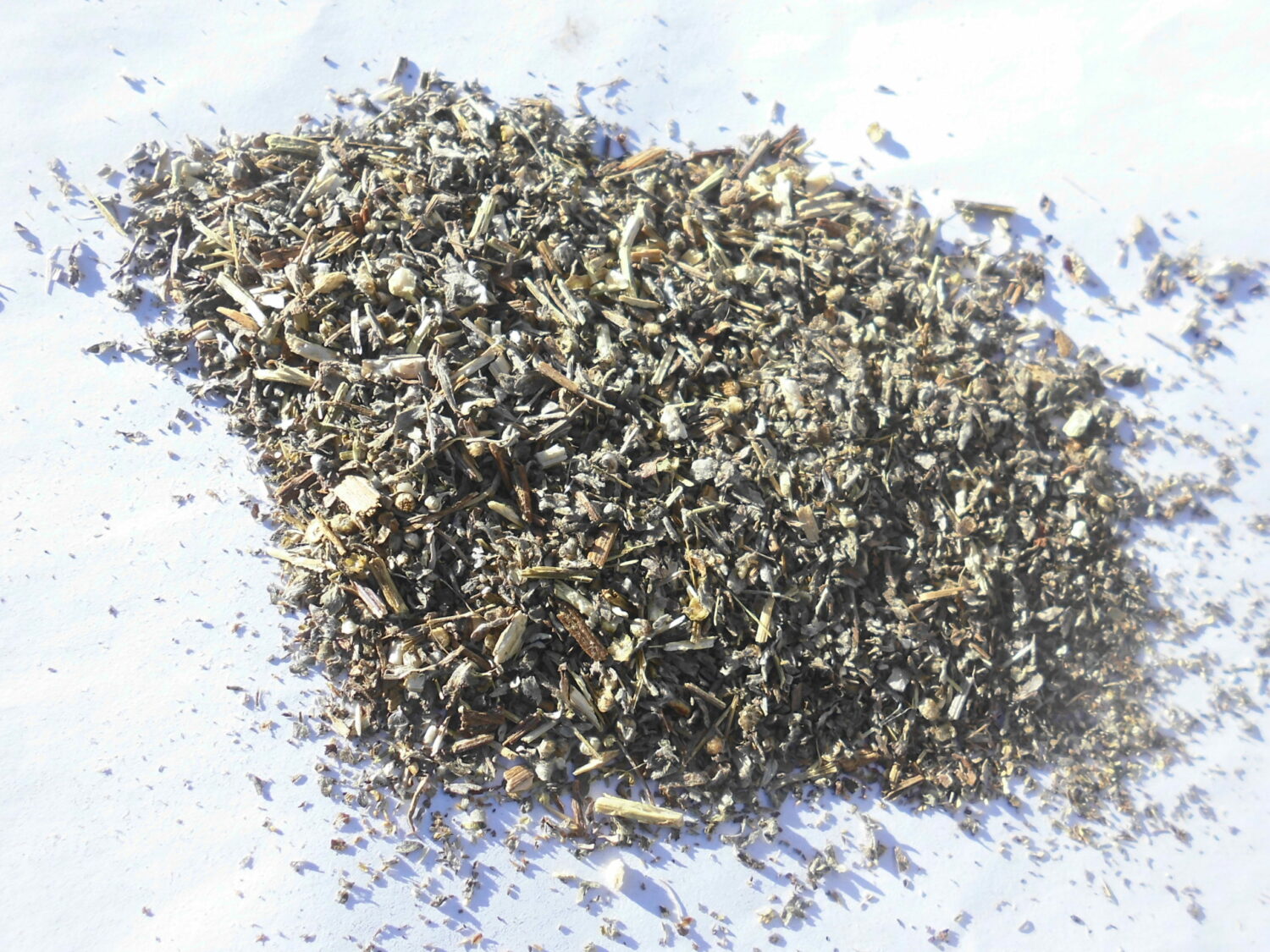
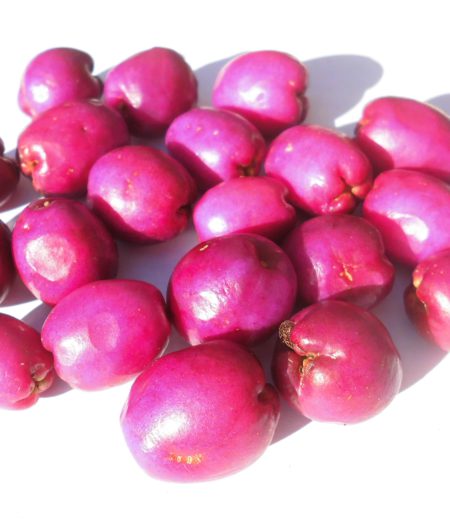
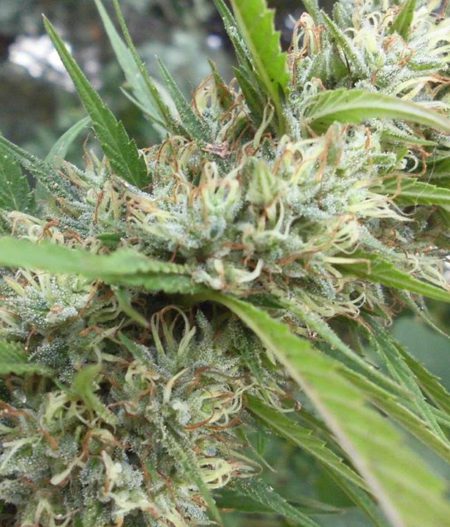
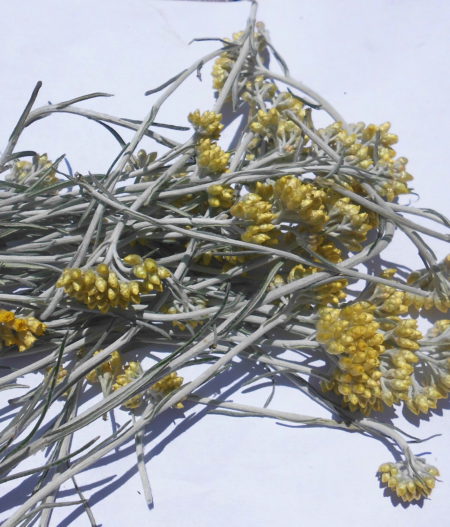
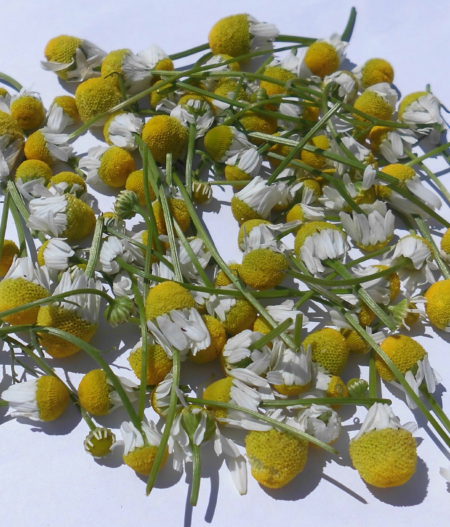
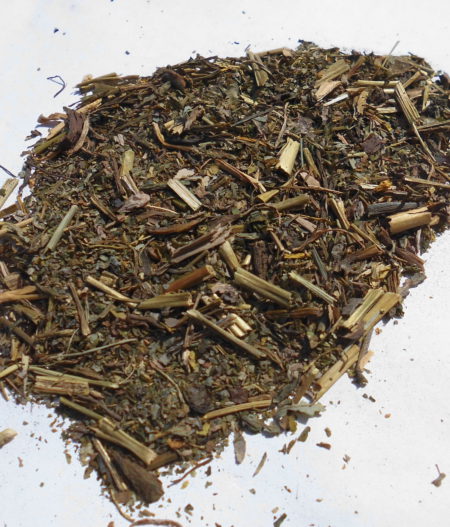
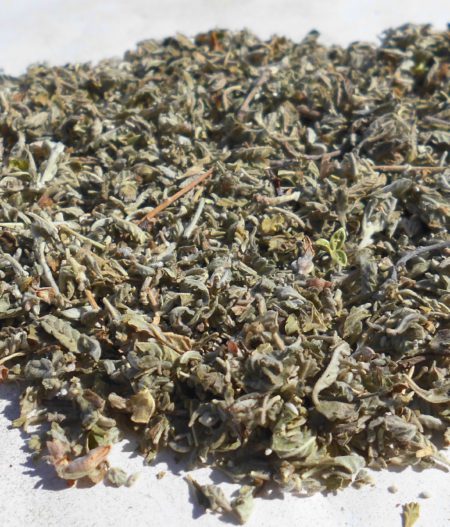
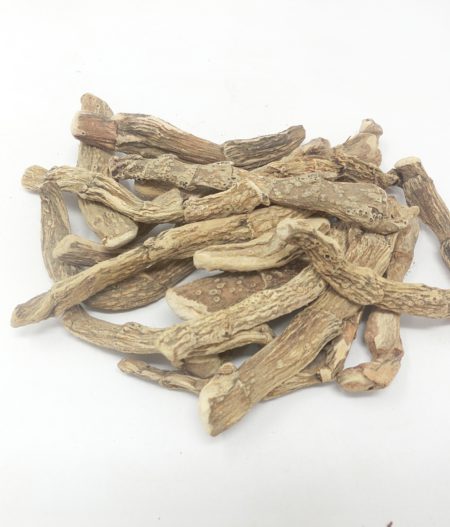
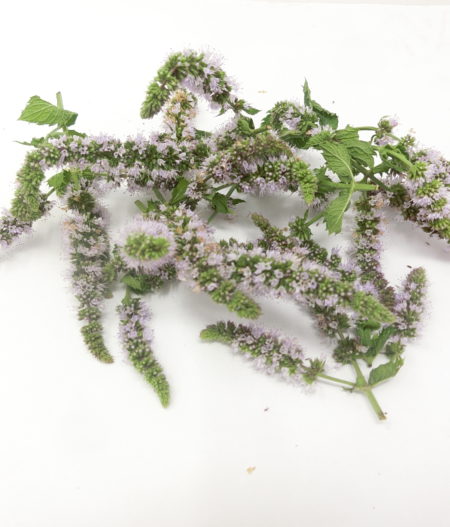
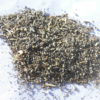
Recensioni
Ancora non ci sono recensioni.